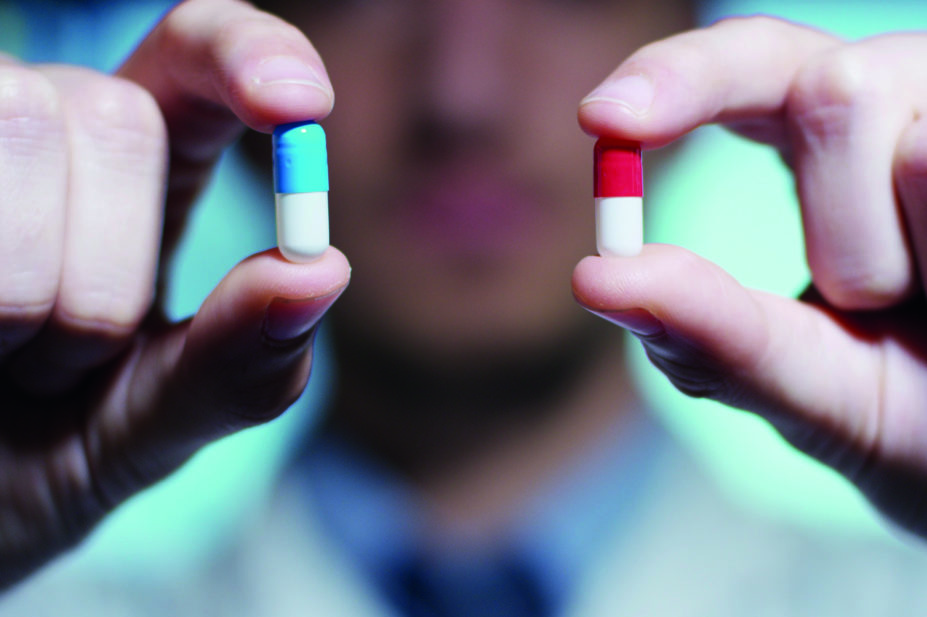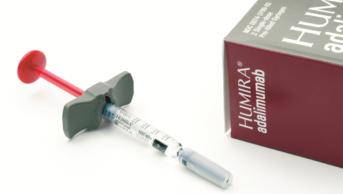
Shutterstock.om
Switching from branded to authorised generic medicines is associated with a lower switchback rate than switching from branded to generic medicines, according to a study published in the British Medical Journal (3 April 2018)[1]
.
The researchers used de-identified data from a large commercial health insurance database in the United States from 2004—2013. A total of 94,909 branded-to-authorised-generic and 116,017 branded-to-generic switchers for seven products were considered in the analysis.
An authorised generic is identical to the originator, but packaged as a generic and sold at a small discount to the originator price in the months running up to patent expiry. Although common in the United States, authorised generics are not seen in the European market. Generic products have the same active ingredients as the branded product but may differ in appearance and excipients.
The study found that, out of every 100 patients taking branded medicines who switched to a generic, eight patients switched back to the branded product within a year.
A total of 3,416 switchback events over 46,218 person years of follow-up were observed among branded-to-authorised generic switchers, and 5,336 events over 60,198 person years were observed among branded-to-generic switchers across the seven products.
The researchers calculated that the switchback rate was 28% lower for patients who switched to an authorised generic compared with patients who switched to a generic product.
It was also found that rates of switchback varied across the seven products, from 3.8 per 100 person years for alendronate tablets to 17.8 per 100 person years for amlodipine-benazepril capsules.
One reason for the difference in switchback rate could be that differences in appearance and excipients between branded and generic medicines may lead to patients perceiving generic mediciness as less effective and less safe, the researchers said.
Changes in appearance when switching from a branded to a generic medicine may also induce the “nocebo” effect, the researchers said, whereby some patients report experiencing negative outcomes after switching.
Authorised generic medicines are identical in composition and appearance to the branded medicine, therefore they are less susceptible to the negative perceptions that affect generics, they explained.
Switching back to branded medicines from authorised generics or generics comes at a huge cost to the healthcare system, as generics are substantially less expensive. Therefore, interventions to reduce switchbacks, such as improving patient awareness around the similarities between branded and generic medicines in terms of safety and efficacy, may provide an opportunity for major cost savings for the health services, the authors concluded.
Consistency in appearance between branded and generic medicines may also help in preventing brand switchbacks, they added.
References
[1] Desai R, Sarpatwari A, Dejene S et al. Differences in rates of switchbacks after switching from branded to authorized generic and branded to generic drug products: cohort study. BMJ 2018;361. doi: 10.1136/bmj.k1180


